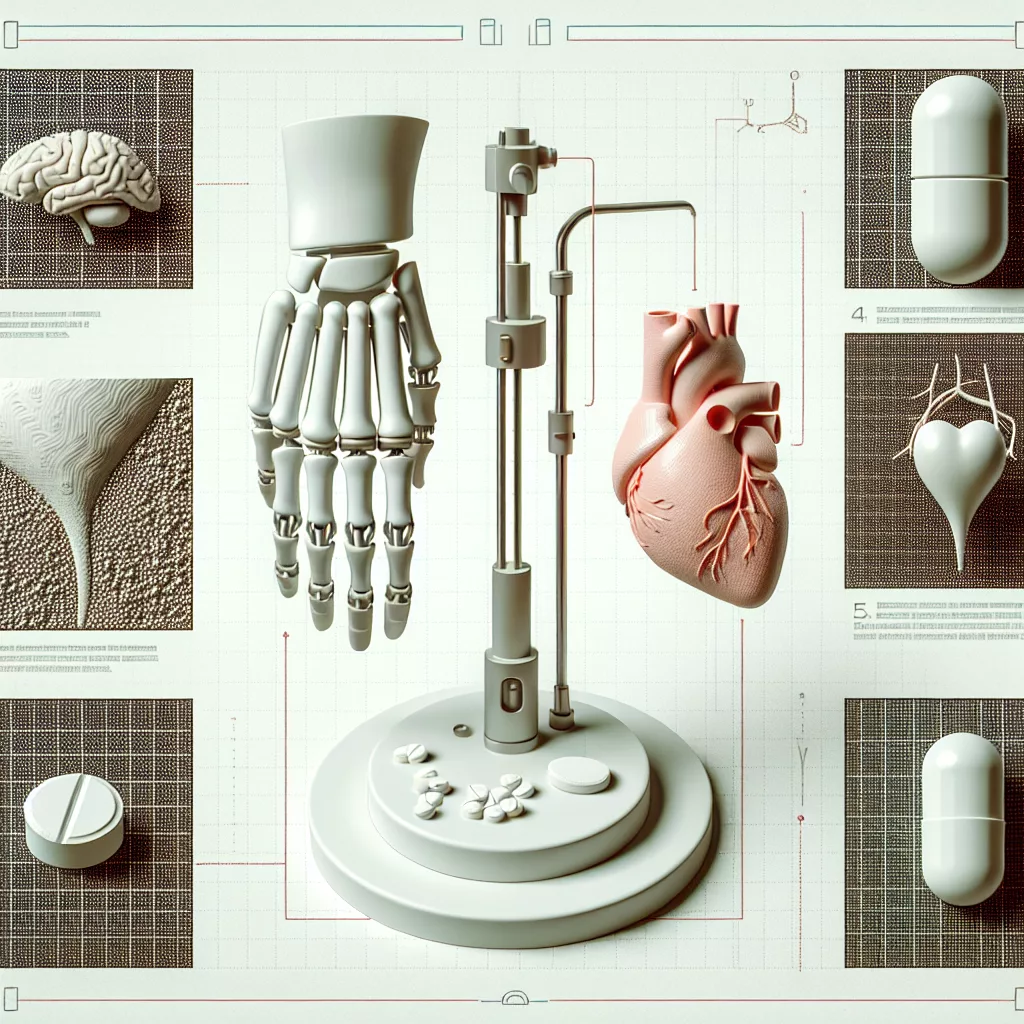Introduction to 3D Bioprinting
3D printing has revolutionized numerous industries, from aerospace to automotive to healthcare. But perhaps its most groundbreaking application appears in the field of medicine: 3D bioprinting. Imagine a world where damaged organs can be replaced by tissues printed on demand, significantly reducing waiting lists for transplants. This is no longer just science fiction—it’s becoming a reality through the rapidly developing technology known as 3D bioprinting.
What Exactly is 3D Bioprinting?
3D bioprinting is an innovative technology that uses living cells and biomaterials to create three-dimensional structures that replicate real human tissues and organs. By using bioinks—a combination of cells, growth factors, and biomaterials—researchers and medical professionals can print structures layer-by-layer, accurately mimicking human tissue complexity and functionality.
This advancement allows scientists to fabricate biological tissues, organs, skin, cartilage, and even blood vessels, holding enormous promise for personalized medicine and regenerative therapies.
How Does 3D Bioprinting Work?
The bioprinting process typically involves these key steps:
- Pre-Printing: First, a digital model of the desired tissue or organ is created. Imaging methods, such as MRI or CT scans, assist in capturing detailed anatomy and structure.
- Bioink Preparation: Next, the bioink, which contains living cells suspended in a gel-like scaffold, is prepared. This bioink provides nutrients and structural support to help cells survive and grow.
- Printing: The bioink is deposited layer-by-layer using specialized 3D bioprinters. These printers utilize various techniques, including extrusion-based printing, inkjet-based printing, or laser-assisted printing to delicately position cells at precise locations.
- Post-Printing Maturation: After printing, the tissues require incubation and maturation in a controlled environment, allowing cells to fuse, proliferate, and form functional tissue.
Exciting Applications of 3D Bioprinting
3D bioprinting holds limitless potential, offering revolutionary possibilities across several fields:
Organ Transplants
Every day, patients around the world await organ transplants, often facing prolonged waiting lists or organ rejection. Through bioprinting, organs like kidneys, hearts, and livers can potentially be printed with the patient’s own cells, reducing the risk of rejection and dramatically shortening waiting times.
Drug Testing and Pharmaceutical Research
Bioprinted human tissues or mini-organs (“organoids”) can be used to test new drugs and therapies in vitro. This approach reduces reliance on animal testing and provides more accurate predictions of human responses, improving drug effectiveness and safety.
Regenerative Medicine and Wound Healing
Bioprinted skin, cartilage, and bone grafts can facilitate faster recovery from injuries, burns, or chronic wounds. Using a patient’s own cells, bioprinting helps eliminate rejection risks and accelerates the body’s natural healing processes.
Challenges in 3D Bioprinting
Despite significant progress, several hurdles still exist before widespread clinical application becomes reality:
- Cell Viability and Function: Ensuring cells survive during the printing process and maintain healthy functionality after printing remains a challenge.
- Complex Structures: Replicating intricate structures such as blood vessels and nerves continues to be challenging, limiting the current scope of bioprinted organ complexity.
- Regulatory and Ethical Considerations: Implementing new bioprinted tissues and organs requires rigorous regulatory approval and careful ethical considerations regarding human tissue usage.
The Future of 3D Bioprinting
As research and technology continue to advance rapidly, the future of 3D bioprinting appears extremely promising. Researchers worldwide are actively working to overcome existing barriers, aiming to produce fully functional, complex biological structures capable of integrating seamlessly into the human body.
In the coming decades, bioprinting could become a standard treatment method, transforming healthcare from simply treating symptoms to regenerating and replacing damaged tissues altogether—fundamentally revolutionizing how we understand human health and healing.
Conclusion
3D bioprinting represents an extraordinary advancement in medical science, offering significant opportunities to enhance healthcare and save countless lives. By harnessing this revolutionary technology, the dream of printing human tissues and organs tailored specifically to individual patients is quickly becoming a reality. While challenges remain, the continued evolution of 3D bioprinting is unfolding an exciting chapter in modern medicine, one that promises a healthier, brighter, and more personalized medical future.


Leave a Reply